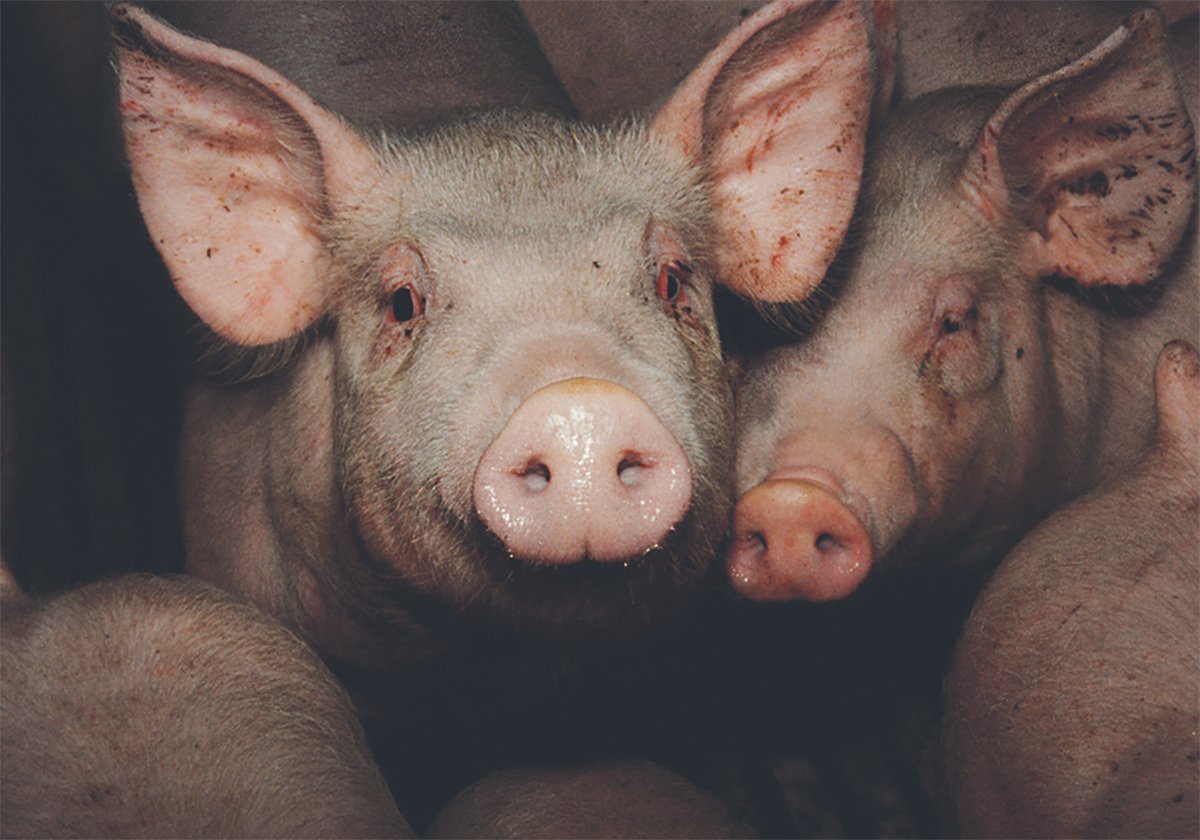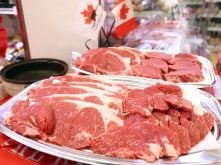After 850 goat deaths, Dave Smith can now say the cause was mineral deficiency, but the Choiceland, Sask., farmer says not all of his questions have been answered.
Copper is always in short supply in the grey-wooded soils of the forest fringe of the Prairies, but the farmer said in more than 10 years of raising goats he had never encountered the problem before 2005.
“I have a new feed ration and mineral supplement and that seems to have fixed the problem. We aren’t having any more deaths,” he said.
Read Also

The Western Producer Livestock Report – October 30, 2025
Western Producer Livestock Report for October 30, 2025. See U.S. & Canadian hog prices, Canadian bison & lamb market data and sales insights.
Byrnne Rothwell, a Shellbrook, Sask., veterinarian, is monitoring Smith’s remaining herd of 300 animals on behalf of the Saskatchewan Society for the Prevention of Cruelty to Animals.
Smith turned himself in to the SPCA last fall when he couldn’t stop the goat deaths and couldn’t find any answers to queries about their cause.
Rothwell said a combination of soil deficiencies and weather played a role in Smith’s losses.
“Feed quality is critical. We’ve known this grey-wooded soil is short in copper since the 1950s, but didn’t really study it until the 1970s. Goats appear more susceptible to the problem,” he said.
“Copper deficiency caused this, and it made the animals more likely to run into other health issues as a result. With better rations and supplements, thanks to the efforts of the University (of Saskatchewan) and Vern Racz of the Prairie Feed Resource Centre, this crisis appears to be over.”
Smith said his forage crops suffered in 2004 and 2005 due to excessive rainfall and poor harvesting conditions. After testing by the U of S, Smith said he now realizes how little copper his animals were getting.
He expanded his herd dramatically last season.
“This was going to be our big year,” he said.
In May 2005, as lambing got under way, the Choiceland farmer noticed lambs were aborted and stillborn.
As the problem persisted, he consulted a local veterinarian and sent two animals to Saskatoon for autopsies.
The autopsies didn’t indicate a copper deficiency because Smith said he didn’t know to ask for them.
“My vet found chlamydia. That might have been responsible for causing the reproduction problems, so we treated for that,” he said.
“As the problem got worse, the less time and money we seemed to have to deal with the deaths. It costs a lot to have your vet drive all the way out here.”
Smith didn’t suspect a copper deficiency because he provided free choice mineral that contained copper and the goats appeared to be consuming the supplement.
“It turns out that it wasn’t the right supplement for goats and didn’t have enough copper to meet their needs. Some may not have been consuming it at all because they didn’t like the taste,” he said.
In recent weeks, tests performed on feed samples throughout Smith’s region show little or no available copper.
“In addition, we have other metals such as molybdenum and minerals in the feed tying up what is there. Now we find out we have high levels of sulfate in the water that wasn’t there before and that further makes the copper unavailable,” he said.
Copper is necessary for the absorption of iron and can create anemia that at first may be corrected with oral supplements or by injection. A deficiency eventually damages organs such as the liver beyond repair.
Smith contacted federal and provincial governments seeking assistance in diagnosing his herd’s problems but authorities at Canadian Food Inspection Agency told the producer that, because the problem did not appear to be one of the 32 internationally recognized, reportable diseases with which that organization must deal, it couldn’t assist him.
Smith said the province enlisted the help of the Western College of Veterinary Medicine at the U of S to inspect his farm, animals and feed.
“But only after I had turned myself in to the SPCA,” he said.
A team from the college diagnosed the copper deficiency and recommended a ration and feed supplement that corrected the problem.
Smith said the province has recently chosen to fund a new program, previously proposed by the college, that will provide vets to investigate unusual or significant animal health issues not diagnosed by other means.
“If my situation helped make that happen, at least some good will come of this,” he said.














